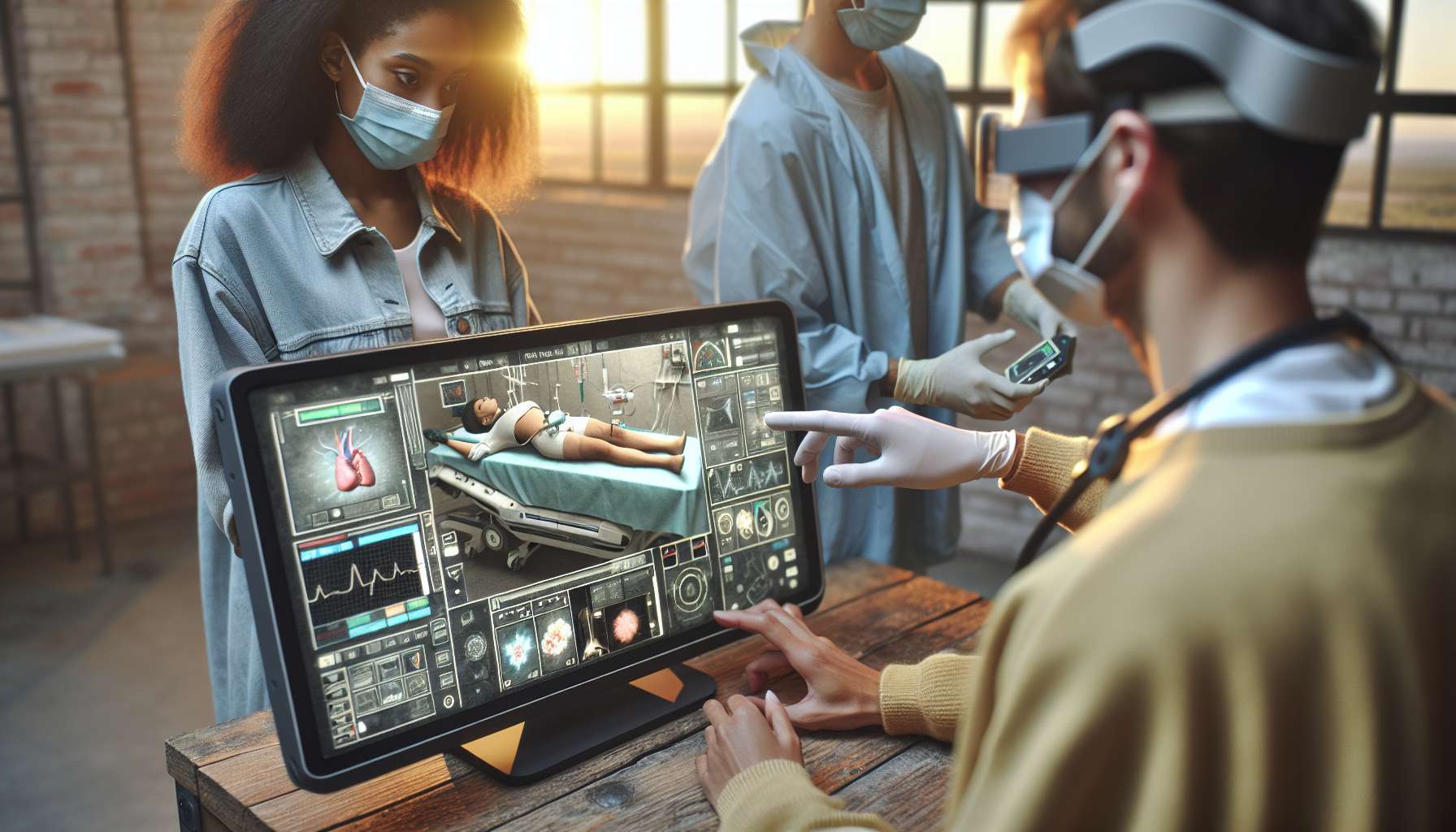Improving Patient Safety in Healthcare with Augmented Reality
As technology continues to advance, so does its impact on various industries, including healthcare. One area where technology has shown great promise is in enhancing patient safety. Augmented Reality (AR), combined with artificial intelligence (AI), is revolutionizing the way healthcare professionals provide care and ensuring better outcomes for patients. In this article, we will explore the potential of AR in improving patient safety and the practical applications that are already making a difference.
1. Accurate Surgical Navigation
One of the most critical aspects of patient safety in healthcare is surgical procedures. AR technology is transforming the way surgeons navigate during complex operations. By overlaying digital information onto the surgeon’s field of view, AR provides real-time guidance, allowing for more precise incisions and reducing the risk of errors. Surgeons can visualize internal structures, such as blood vessels or tumors, enhancing their ability to perform intricate procedures with greater accuracy.
2. Training and Simulation
AR is also proving to be a valuable tool in training healthcare professionals. By creating realistic simulations, AR enables medical students and practitioners to practice complex procedures in a safe and controlled environment. This immersive training experience helps improve their skills and decision-making abilities, ultimately leading to better patient outcomes. Additionally, AR can simulate emergency scenarios, allowing healthcare providers to train for high-stress situations and improve their response times.
3. Medication Management
Medication errors are a significant concern in healthcare settings. AR technology can assist in medication management by providing real-time information about dosage, potential interactions, and administration techniques. By overlaying this information onto medication labels or patient records, healthcare professionals can ensure accurate medication administration, reducing the risk of adverse drug events and improving patient safety.
4. Remote Assistance and Telemedicine
AR has the potential to revolutionize remote healthcare delivery. Through AR-enabled devices, healthcare providers can offer real-time guidance and support to patients and other healthcare professionals in remote locations. For example, a specialist can virtually assist a local healthcare provider during a procedure, providing expert advice and ensuring optimal patient care. This technology eliminates geographical barriers and enhances collaboration, ultimately improving patient safety in underserved areas.
5. Enhanced Patient Education
AR can play a crucial role in patient education, empowering individuals to take an active role in their own healthcare. By visualizing medical conditions or treatment options in a more interactive and understandable way, patients can make informed decisions about their care. AR can also provide step-by-step instructions for self-care or medication administration, reducing the risk of errors and improving patient outcomes.
As we look to the future, the potential of AR in improving patient safety is vast. With ongoing advancements in technology, we can expect even more innovative applications that will further enhance healthcare outcomes. From accurate surgical navigation to remote assistance and patient education, AR is transforming the way healthcare professionals provide care, ultimately leading to safer and more effective treatments.
It is essential for healthcare organizations to embrace these technological advancements and explore how AR can be integrated into their practices. By doing so, they can ensure that patient safety remains a top priority and that they are at the forefront of delivering high-quality care in the digital age.





